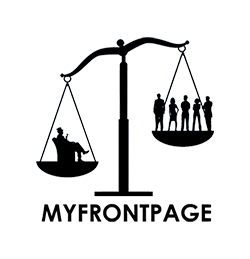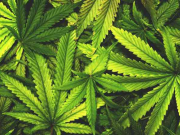As a result of OPEC+ countries maintaining their output objectives in advance of a European Union ban. The start of a price restriction on Russian crude, oil prices increased by as much as 2% on Monday.
While a patchwork easing in laws caused confusion across the nation on Monday. More Chinese cities relaxed COVID-19 curbs over the weekend, which is a bullish indication for gasoline demand.
While U.S. West Texas Intermediate (WTI) crude futures climbed 70 cents, or 0.9%, to $80.68 a barrel. Brent crude prices were last up 72 cents, or 0.8%, to $86.29 a barrel.
The OPEC and its allies, which includes Russia is known as OPEC+. OPEC+ decided to continue to its October agreement to reduce output by 2 million barrels per day.
The OPEC+ decision, according to analysts, as major producers awaited the effects of the EU import restriction. And Group of Seven (G7) $60 per barrel price cap on Russian oil carried by sea. With Russia threatening to reduce supplies to any nation that adhered to the quota.
While OPEC’s output stayed constant over the weekend. Baden Moore, head of commodity analysis at National Australia Bank, predicted that the organization will keep the market in balance.
He said, referring to the U.S. strategic petroleum reserve, “(A) Roll-off of the SPR releases. And implementation of the EU sanctions and price ceiling act to tighten the market. Although we’d assume the market has already positioned for this view.”
“Despite the EU oil import restriction on Russian crude and the G7 price ceiling. The prices are currently being held down by prospects of poor demand growth. The modification to the EU ban and price cap is probably going to support prices for a little while “Hittle remarked.
China’s zero-COVID policy has been a major factor limiting demand. But it now looks to be weakening as a result of protests and various localities, loosening restrictions to differing degrees.
Hittle noted that the market’s lack of diesel and heating oil should help support crude demand. Despite the EU’s impending embargo on Russian oil products beginning on February 5.
















